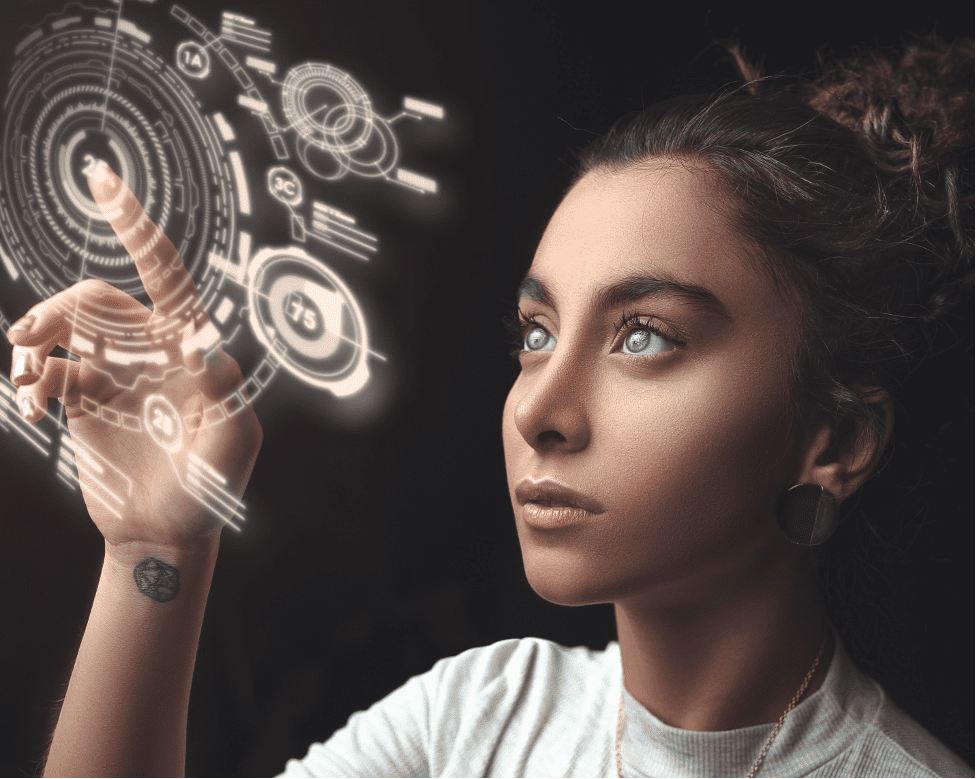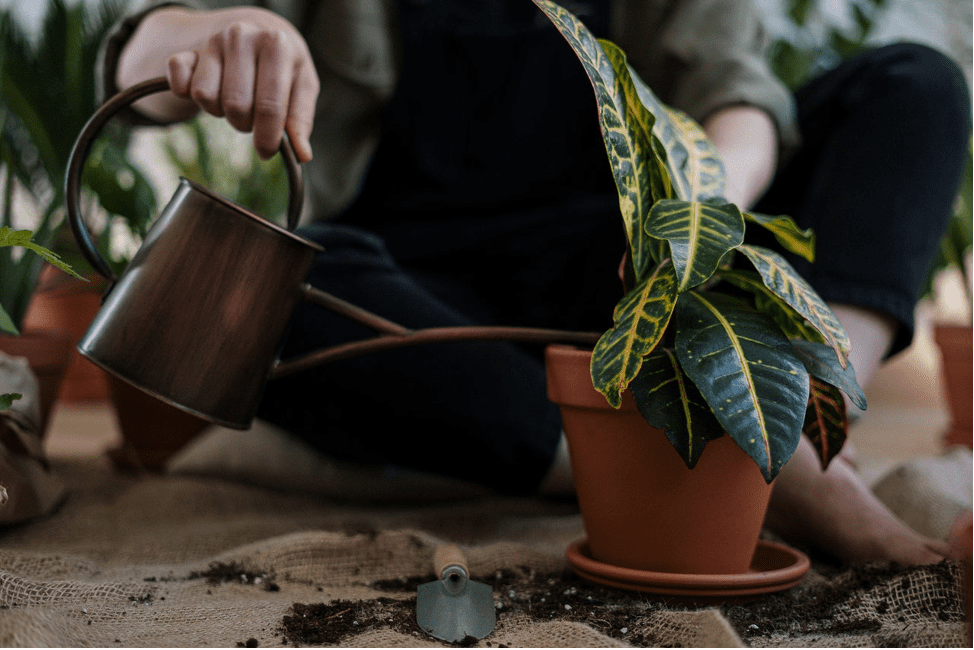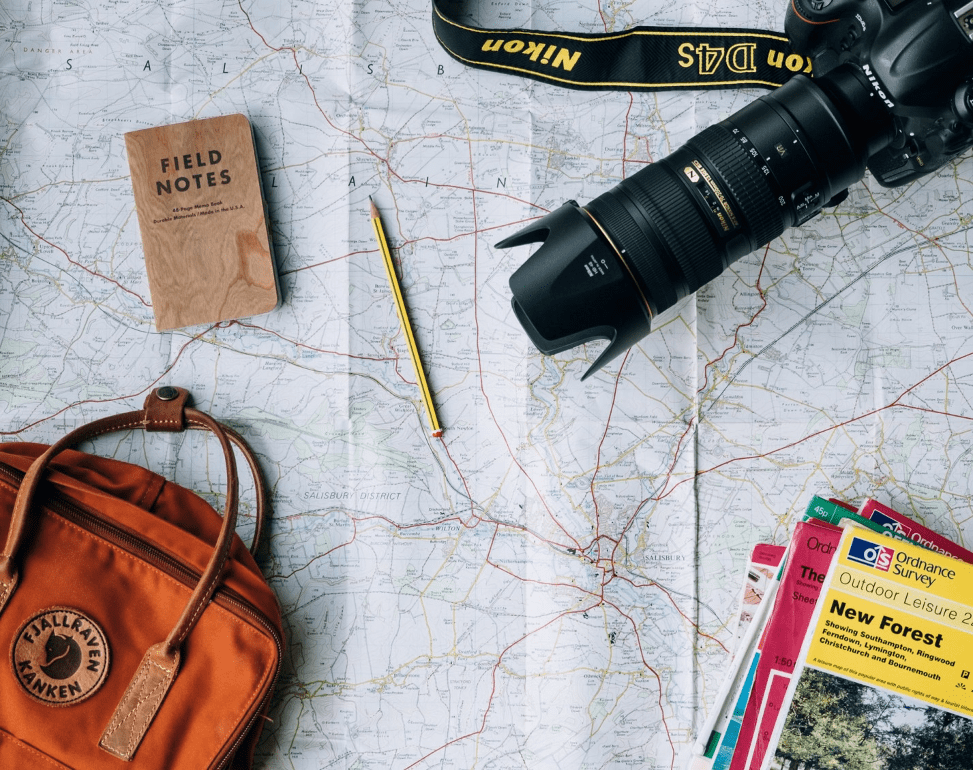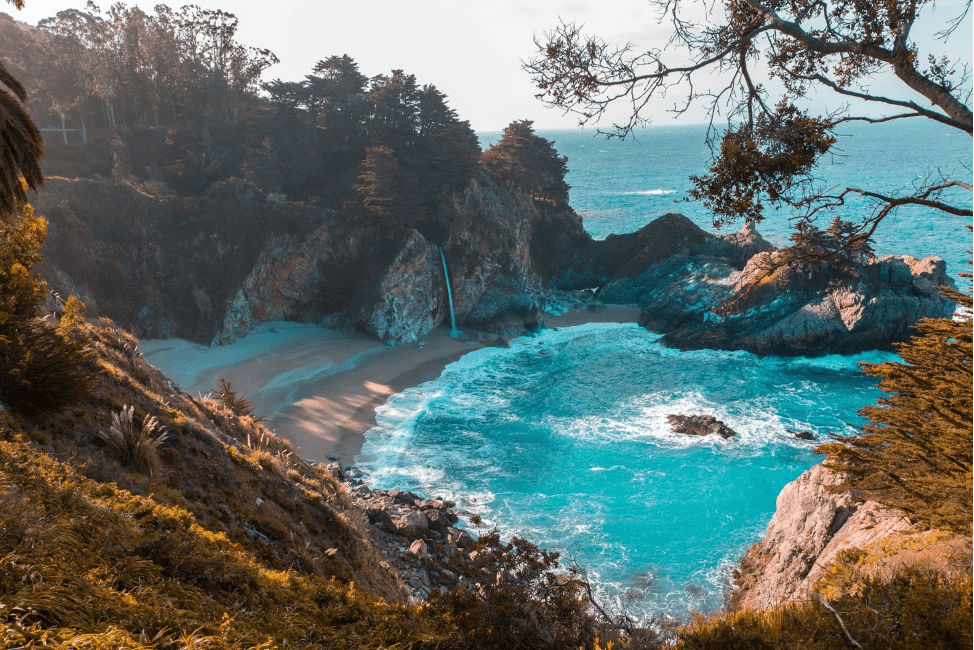To every problem, there is always a solution. Only recently, excessive amounts of microalgae and seaweed were choking up waters from the Baltic to the Caribbean. Who would’ve known they could be harvested for use in food products and cosmetics?
Biochemist Mari Granström realized the rising issue of toxic microalgae growth while scuba diving. She says this phenomenon occurs when blue-green algae are multiplying speedily, creating a film of tiny cyanobacteria.
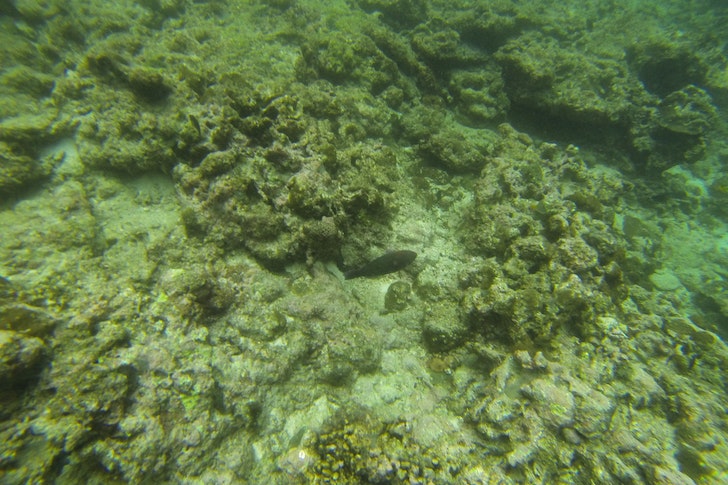
Alexey/Pexels | A kind of marine suffocation also referred to as eutrophication, it is a serious environmental issue in the Baltic Sea.
According to statistics provided by the government, it may happen in ninety-seven of the ocean’s entire area. The blooms affect other marine species by lowering water quality, obstructing light, and producing an oxygen shortage.
What Causes It?
The issue is brought on by an excessive amount of nutrients getting into the water, generally phosphorus and nitrogen from synthetic fertilizers. Rivers from the neighboring nations of Denmark, Poland, Russia, Lithuania, Latvia, Germany, Finland, Estonia, and Sweden carry them into the sea. Although there has been a decline in the usage of these fertilizers recently, the Baltic Marine Environment Protection Commission, an international organization working to enhance seawater quality, claims that the effects of these actions have not yet been seen. Ms. Granström, a scientist from Finland, made the decision to take on the issue herself around six years ago. She would gather the microalgae and turn it into ingredients for a variety of goods. The microalgae extracts may be utilized in packaging, detergents, animal feed, human food, cosmetics, and even as a substitute for plastic.
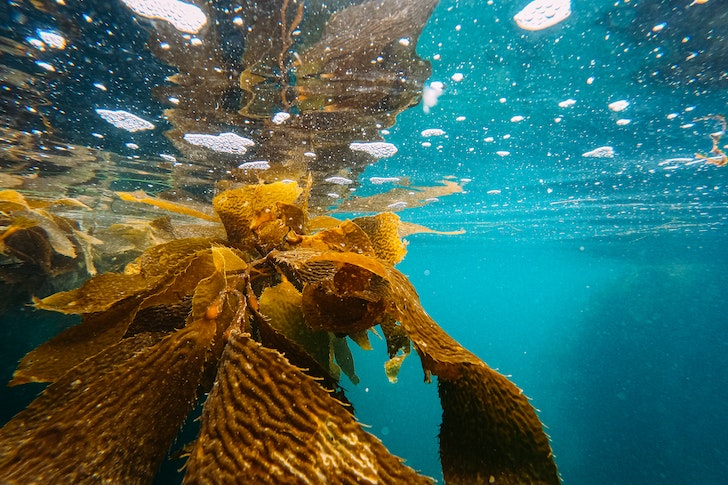
Kindel/Pexels | Using seaweed in lieu of oil-based components is becoming a more popular trend
What’s The Solution?
For a long period, Ms. Granström claims, she began working on the project as a leisure activity until establishing Origin by Ocean in 2019. (ObO). She serves as the CEO. The company, which has garnered both private investment and funding from the European Union, is now moving forward with a pilot production plan with the goal of being fully operational by 2025–2026. The microalgae is gathered by ObO off the Finnish shore, where it is sucked into boats and afterward separated from the sea. Additionally, the company is bringing in unwanted sargassum seaweed from the Caribbean nation of the Dominican Republic.
That area has been troubled by large seaweed blooms for a long time. According to Ms. Granström, sargassum blooms in the Caribbean annually in quantities of 25 million tonnes. It hurts tourism and discourages fishing. The amount of sargassum we are currently purchasing from the Dominican Republic will grow.
Additionally, the firm purchases undesirable seaweed from Spanish and Portuguese waterways. The processing for ObO’s pilot is carried out at a location in northern Finland. It separates the algae into a variety of useful products using a unique biorefinery method it calls Nauvu.
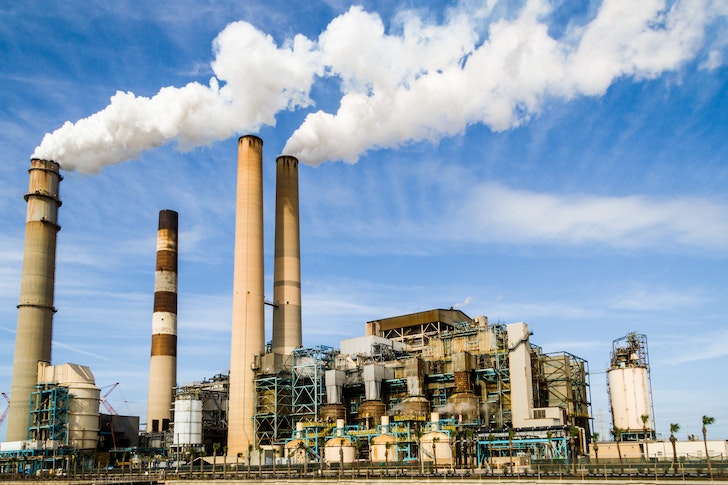
Pixabay/Pexels | These are then sold to businesses involved in agriculture, food, cosmetics, textiles, and packaging
Prof. Gröndahl also expects that in the future, algae will take the place of the ecologically harmful fish meal that is often found in the diets of pigs and poultry. Algae is also less expensive than other substances since it doesn’t need feeding or watering. Back at ObO, Ms. Granström explains that the goal is for consumers worldwide to contribute to cleanup the Baltic Sea by just purchasing a variety of consumer goods.We wanted to contribute to cleaning up the oceans while simultaneously making money from a shift in consumer behavior, or both downstream and upstream as it were.

